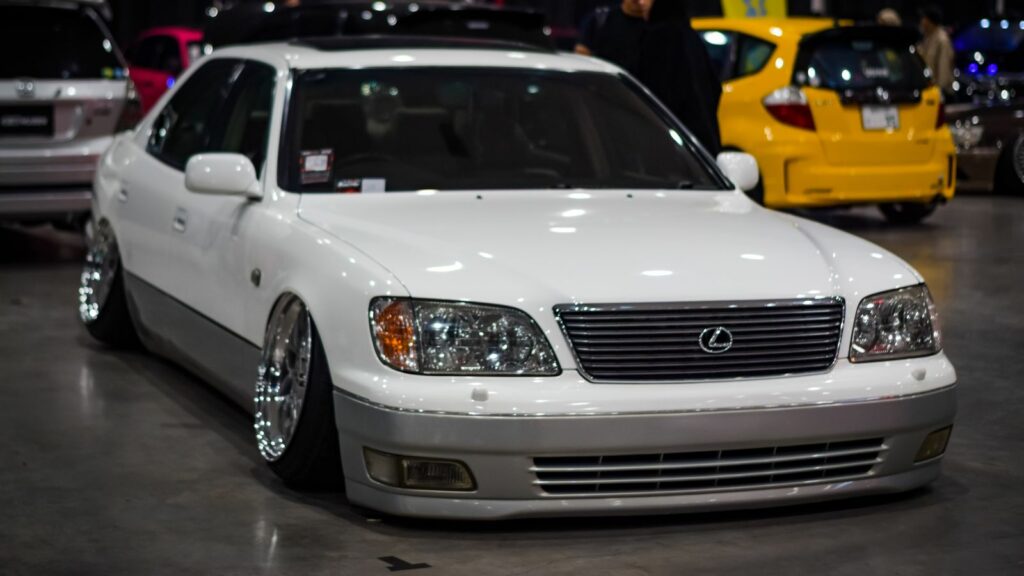Some cars have reputations for living at the mechanic’s bay, while others are almost mythical in their ability to avoid breakdowns. Thanks to smart engineering, robust drivetrains, and in some cases a philosophy of overbuilding, these vehicles rarely show up for anything beyond oil changes and routine service. Mechanics across the country often agree: the following 15 models are the ones they least expect to see in their shops.
Toyota Land Cruiser
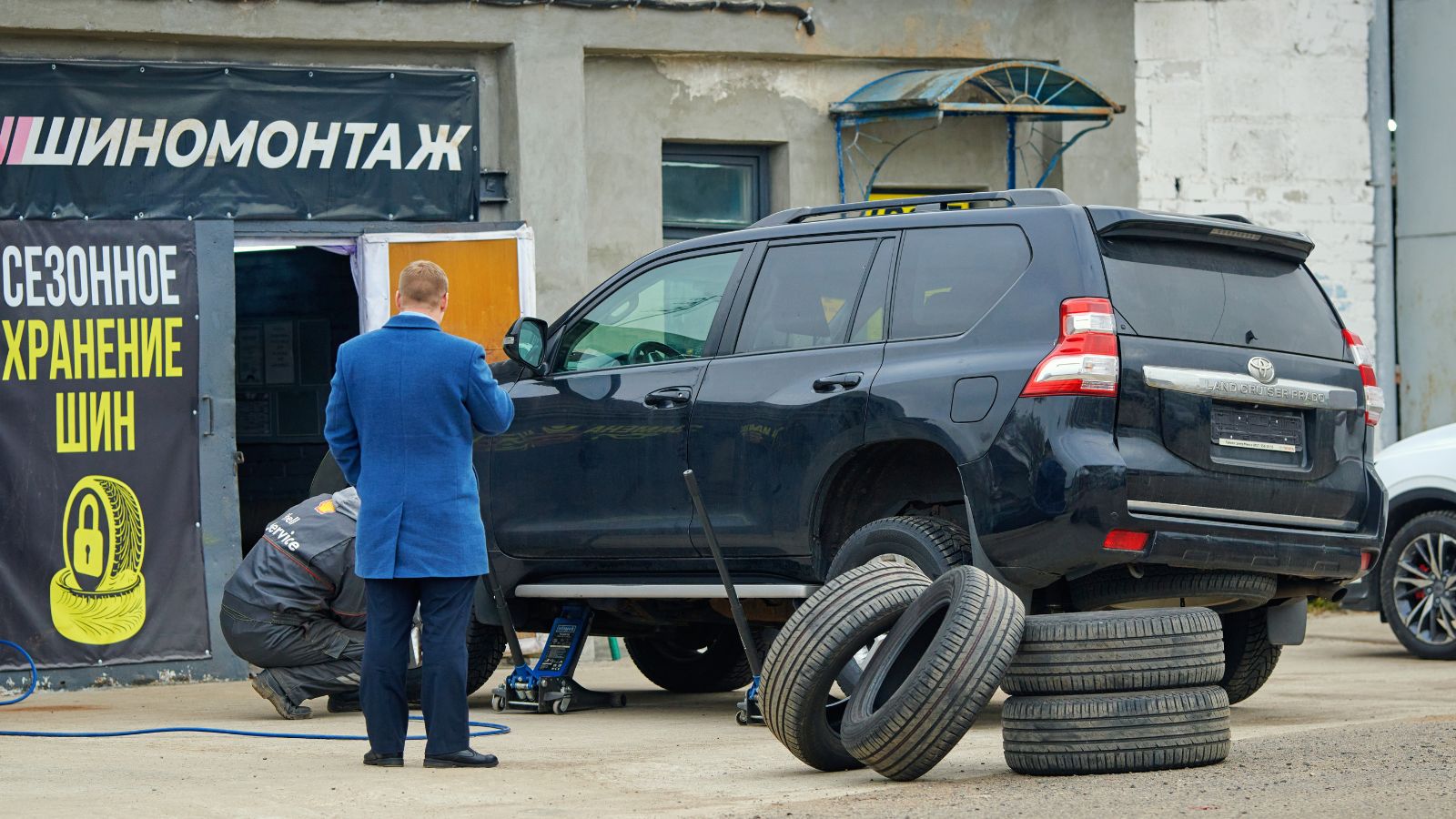
The Land Cruiser is legendary worldwide for its toughness. Built for the harshest environments, it is often found in deserts, jungles, and mountain passes where breaking down simply isn’t an option. Mechanics say they almost never see engine or transmission failures—just basic maintenance like fluids and brakes. Many Land Cruisers routinely exceed 300,000 miles, with some passing half a million. Owners joke that the only reason they end up at the shop is for new tires after too many off-road adventures.
Honda Accord
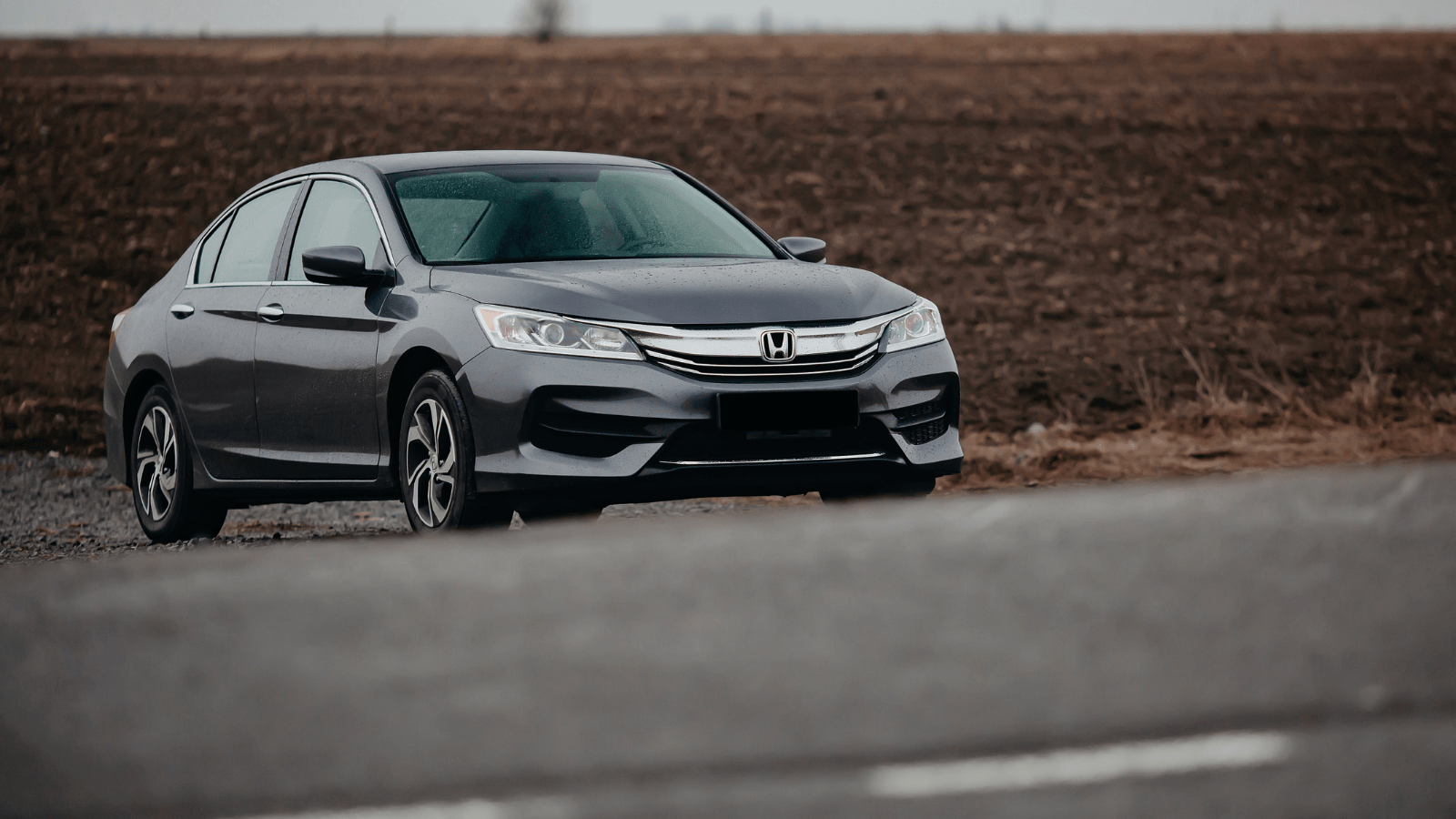
For decades, the Accord has been a benchmark in midsize reliability. Its engines and transmissions are known for lasting well beyond 200,000 miles with minimal issues. Average annual repair costs often fall under 400 dollars, making it one of the cheapest cars to maintain in its class. Mechanics mostly see them for wear items like brake pads, timing belts, or suspension bushings. Stories of Accords running flawlessly with over 300,000 miles are common.
Toyota Camry
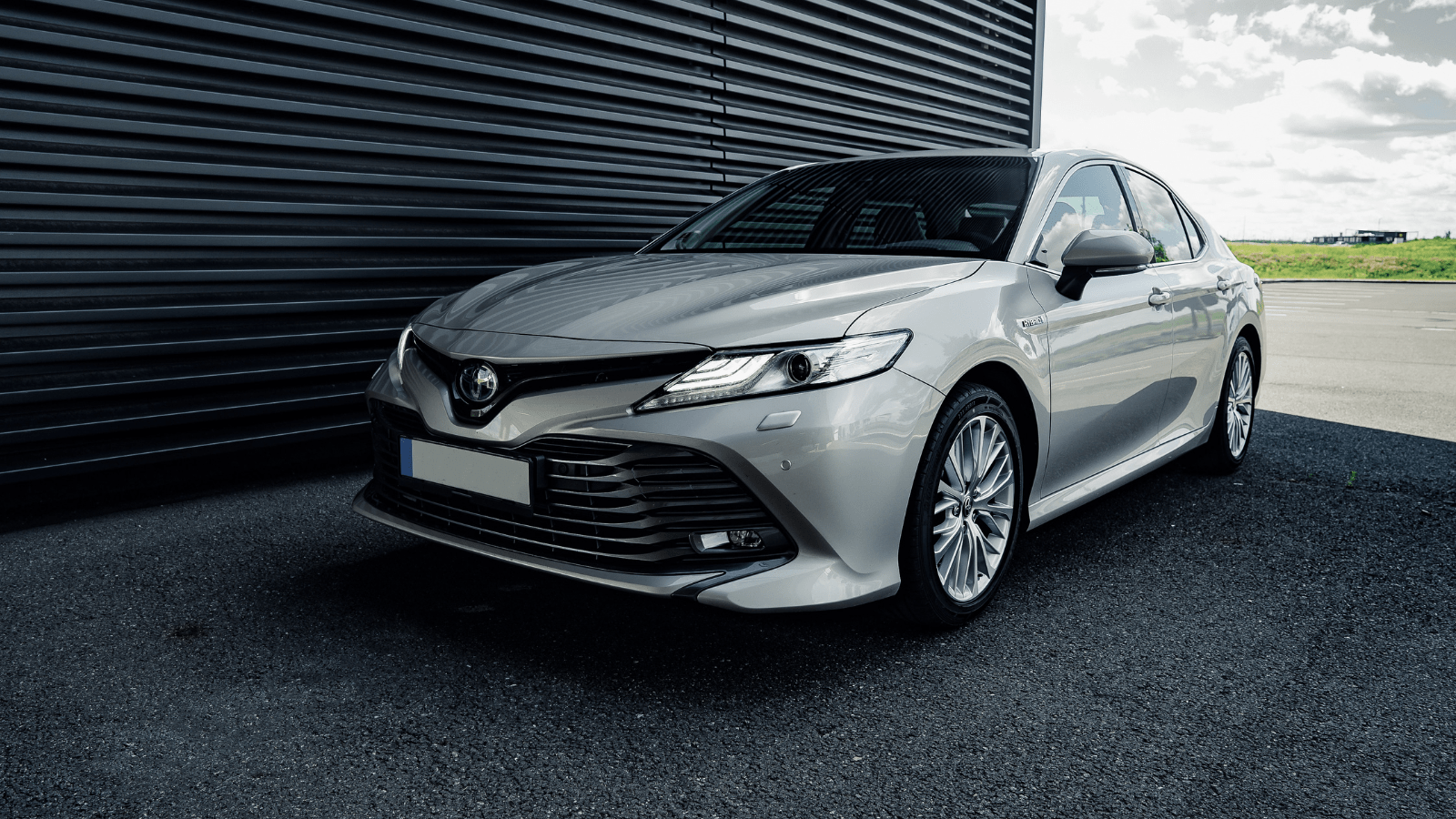
The Toyota Camry has become synonymous with dependability. Owners who follow basic service schedules frequently see 250,000 miles or more. Mechanics rarely deal with catastrophic failures—most visits involve simple maintenance like oil changes, coolant flushes, or new tires. The Camry’s average repair costs are lower than almost any other midsize sedan, typically under 500 dollars a year. For mechanics, the joke is that if you want to keep your shop busy, don’t recommend Camrys.
Lexus LS400
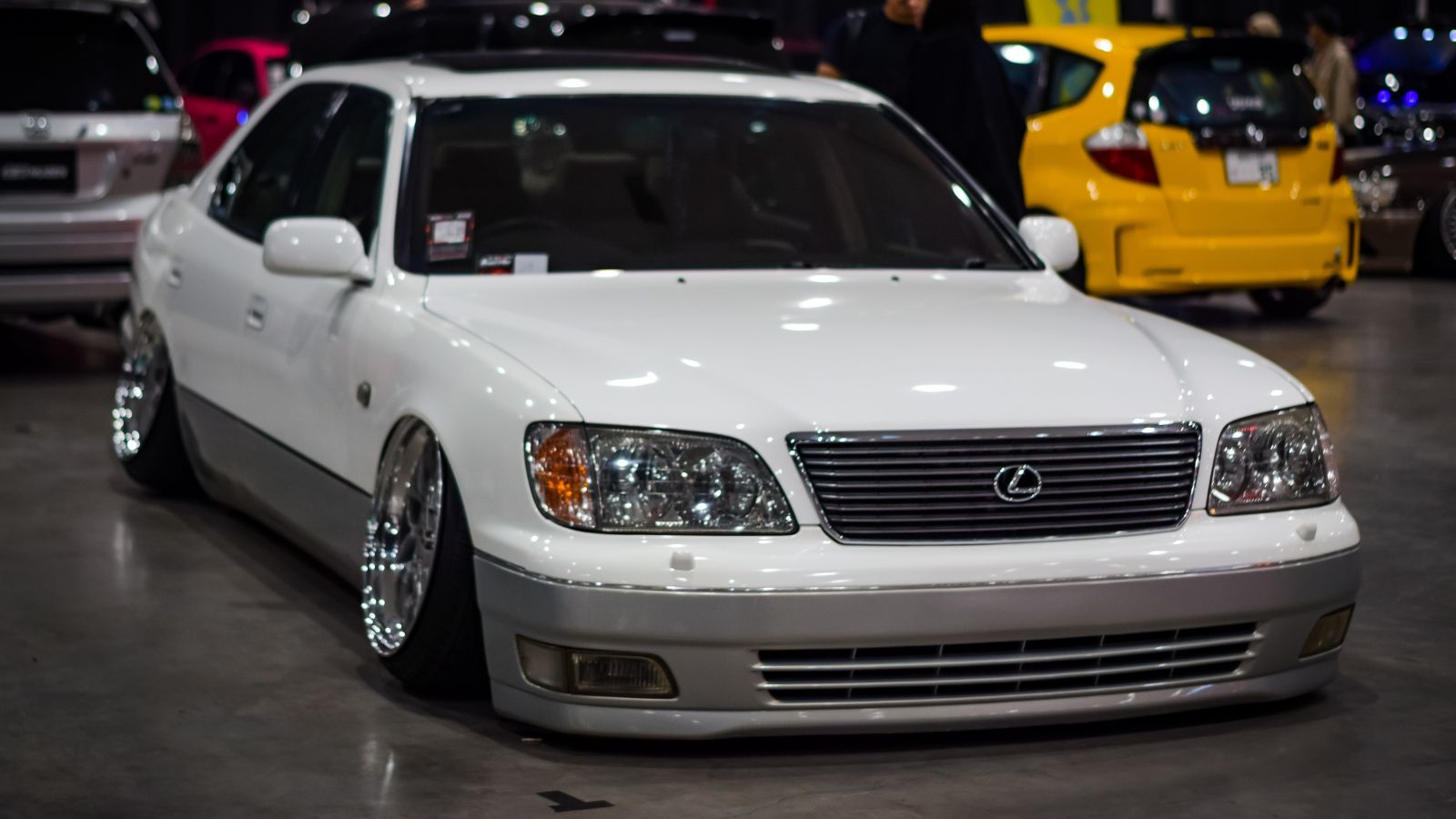
The first Lexus flagship redefined reliability in luxury cars. Introduced in 1990, the LS400 combined Toyota engineering with obsessive attention to detail. Many still run smoothly with well over 300,000 miles. Mechanics often compare it to contemporary German luxury sedans and laugh—while BMWs and Mercedes racked up repair bills, the LS400 just needed basic service. Average repair costs stay surprisingly low for a luxury car, around 600 dollars per year.
Toyota Corolla
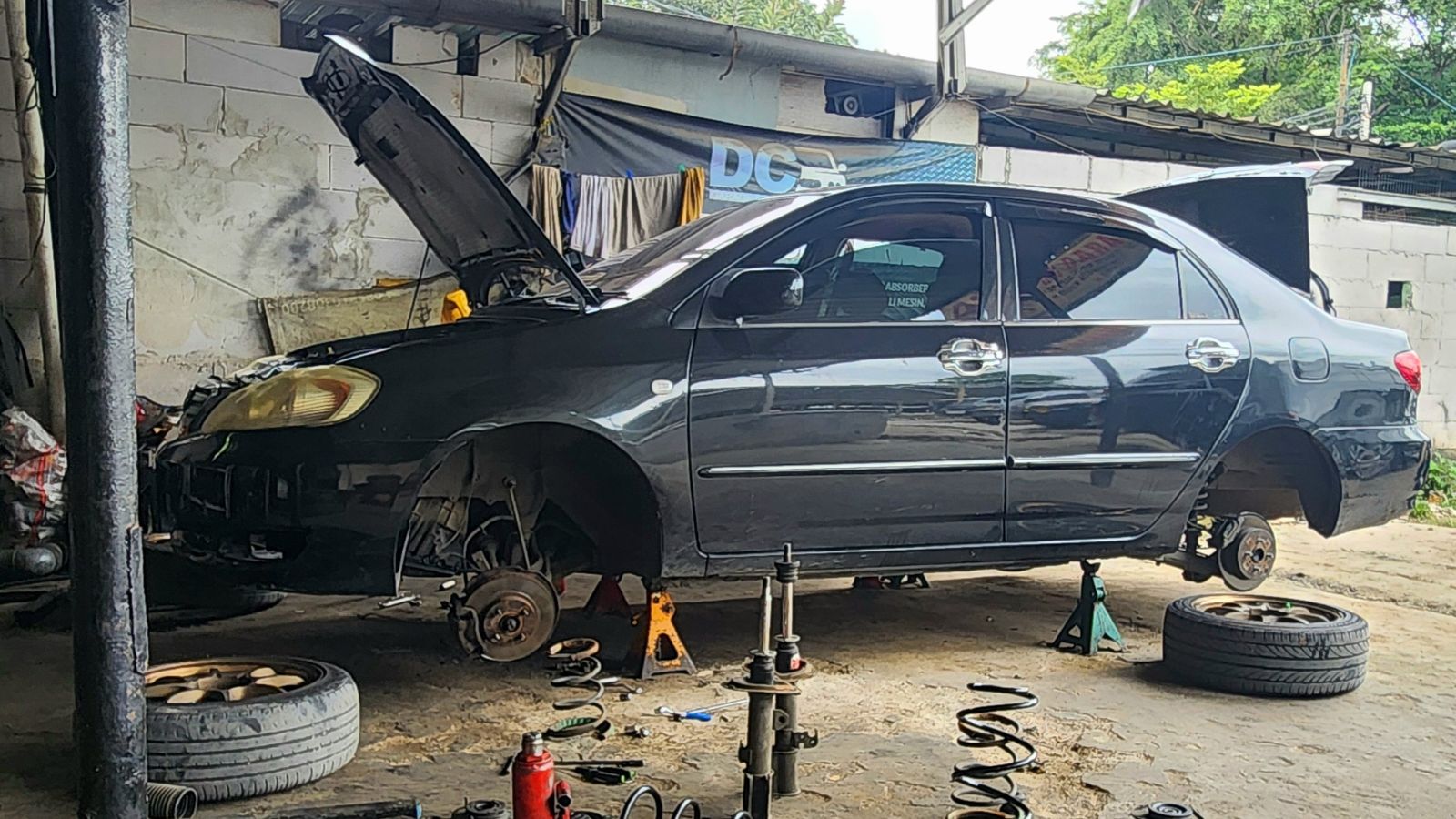
The Corolla has always been about simple, practical transportation—and that simplicity makes it incredibly reliable. Mechanics see them for brakes, shocks, or exhaust systems, but rarely for engine or transmission failures. Many owners report 200,000 to 250,000 miles without serious repairs. With annual repair costs averaging 350 dollars, it’s one of the cheapest cars to keep on the road.
Subaru Outback (non-turbo models)
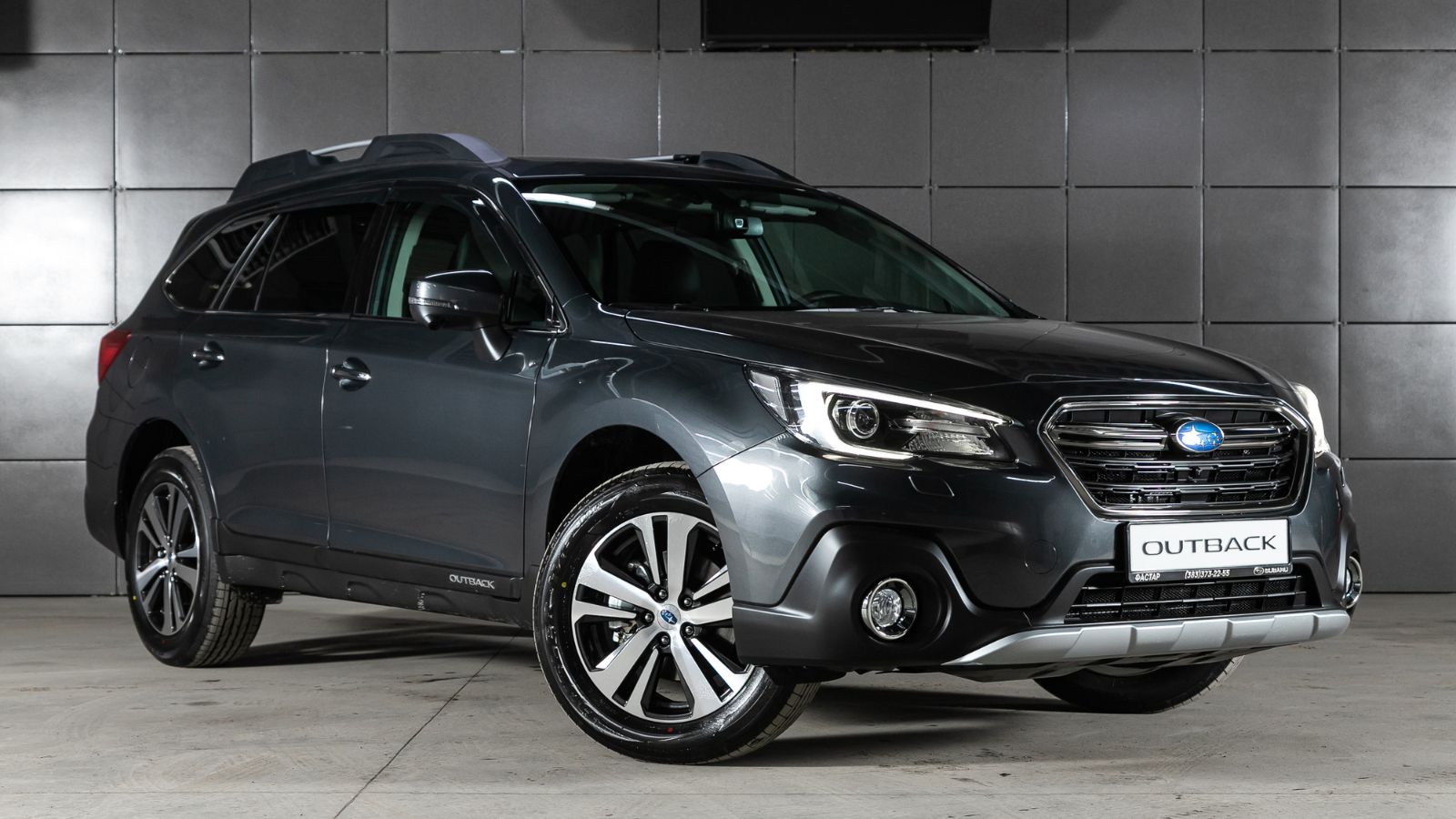
While turbocharged Subarus have their quirks, non-turbo Outbacks are famously long-lived. The naturally aspirated flat four engines often exceed 250,000 miles with little trouble. Mechanics usually just replace timing belts, fluids, and worn suspension parts. Owners praise their ability to handle snow, dirt, and long highway commutes while staying dependable. Rust is often the Outback’s biggest enemy—not mechanical failure.
Honda Civic
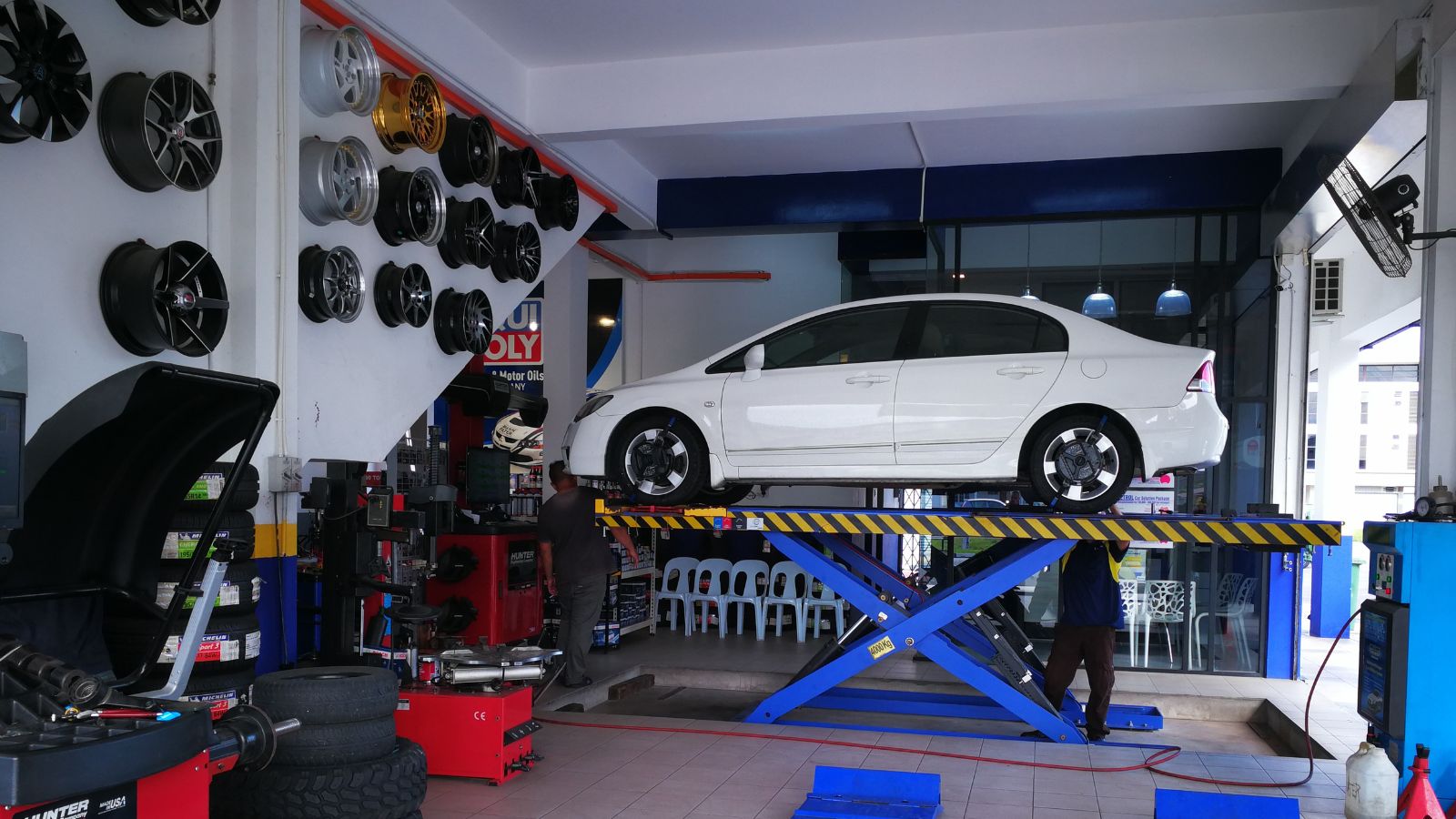
Like the Accord, the Honda Civic has built its reputation on reliability. Engines are known for longevity, often crossing 200,000 miles with ease. Repair costs average about 400 dollars a year, and most trips to the shop involve clutches, brakes, or routine services. Mechanics rarely see major failures unless the car has been heavily modified or abused. Stories of Civics lasting through decades of daily commuting are everywhere.
Toyota Tacoma
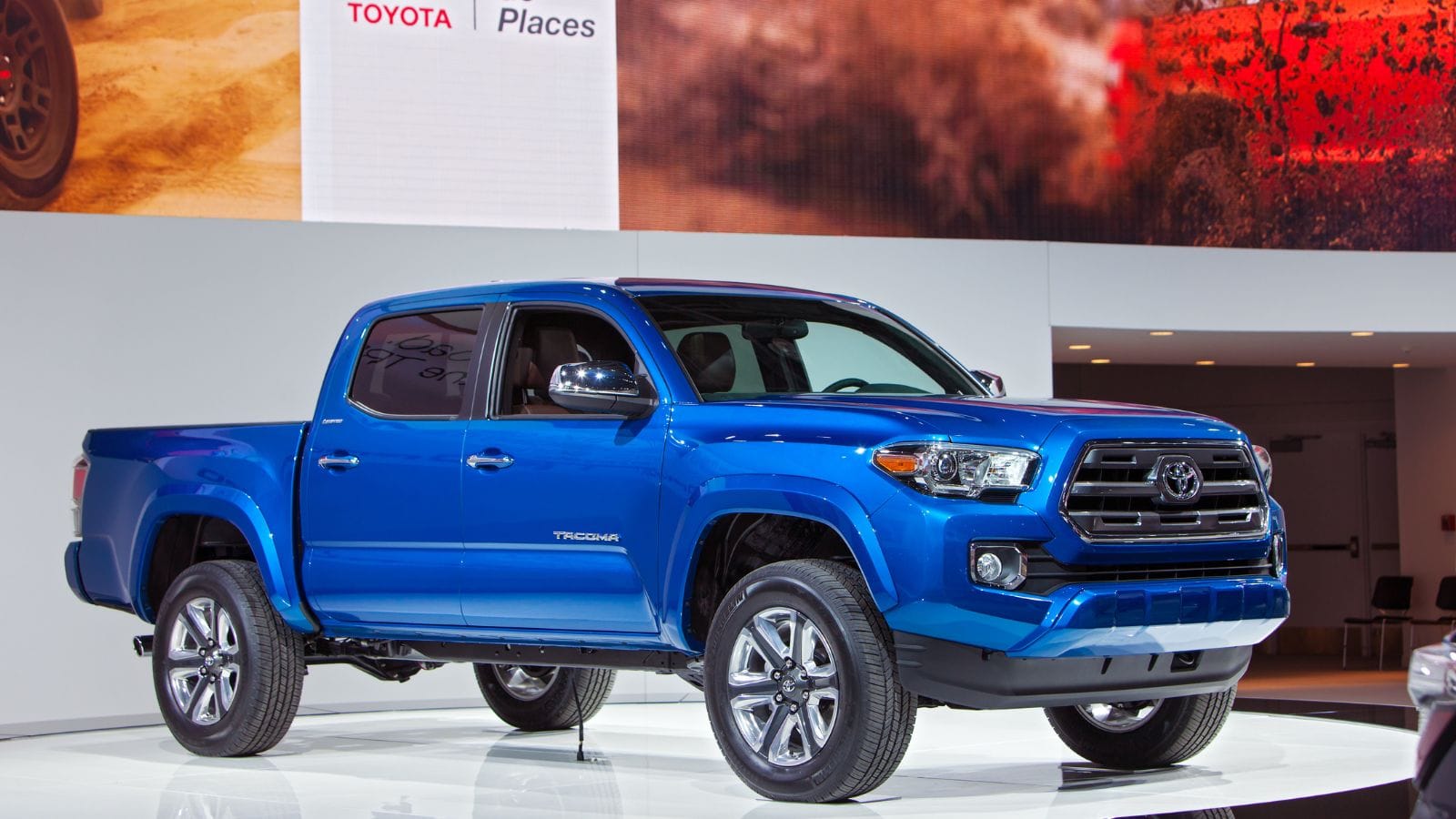
The Tacoma has earned a reputation as a nearly indestructible pickup. Owners frequently rack up 300,000 miles or more with little more than basic maintenance. Mechanics often note that Tacomas rarely come in for engine or transmission work. The most common issue is frame rust in older models, but mechanically they are rock solid. Annual repair costs typically hover around 450 dollars, and their resale values are among the highest of any truck.
Honda CR-V
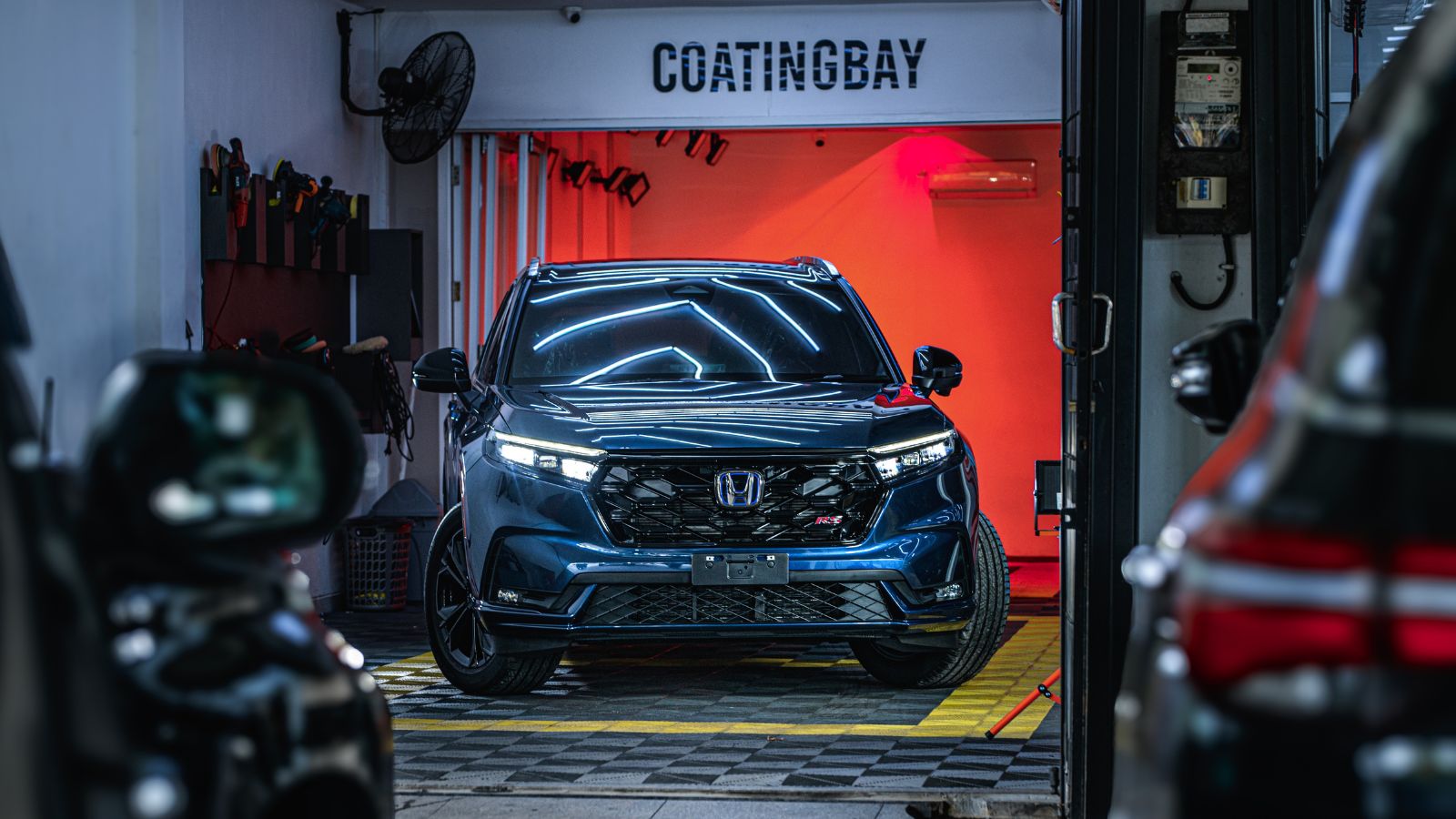
Honda’s CR-V is one of the most dependable crossovers on the road. Mechanics mostly see them for scheduled maintenance like timing belts, brakes, or spark plugs. Engines regularly surpass 250,000 miles with no major problems. Average repair costs are around 420 dollars a year, making the CR-V both cheap to own and incredibly reliable. Many families drive them for over a decade before even considering a replacement.
Toyota Highlander

The Highlander takes Camry reliability and adds SUV practicality. Its V6 engines are smooth and tough, often lasting 250,000 miles without significant issues. Mechanics rarely see major breakdowns—only standard services like brake jobs and suspension refreshes. Owners often report driving them 15 years or more with little drama. With repair costs averaging under 500 dollars annually, the Highlander is one of the safest bets in midsize SUVs.
Mazda MX-5 Miata
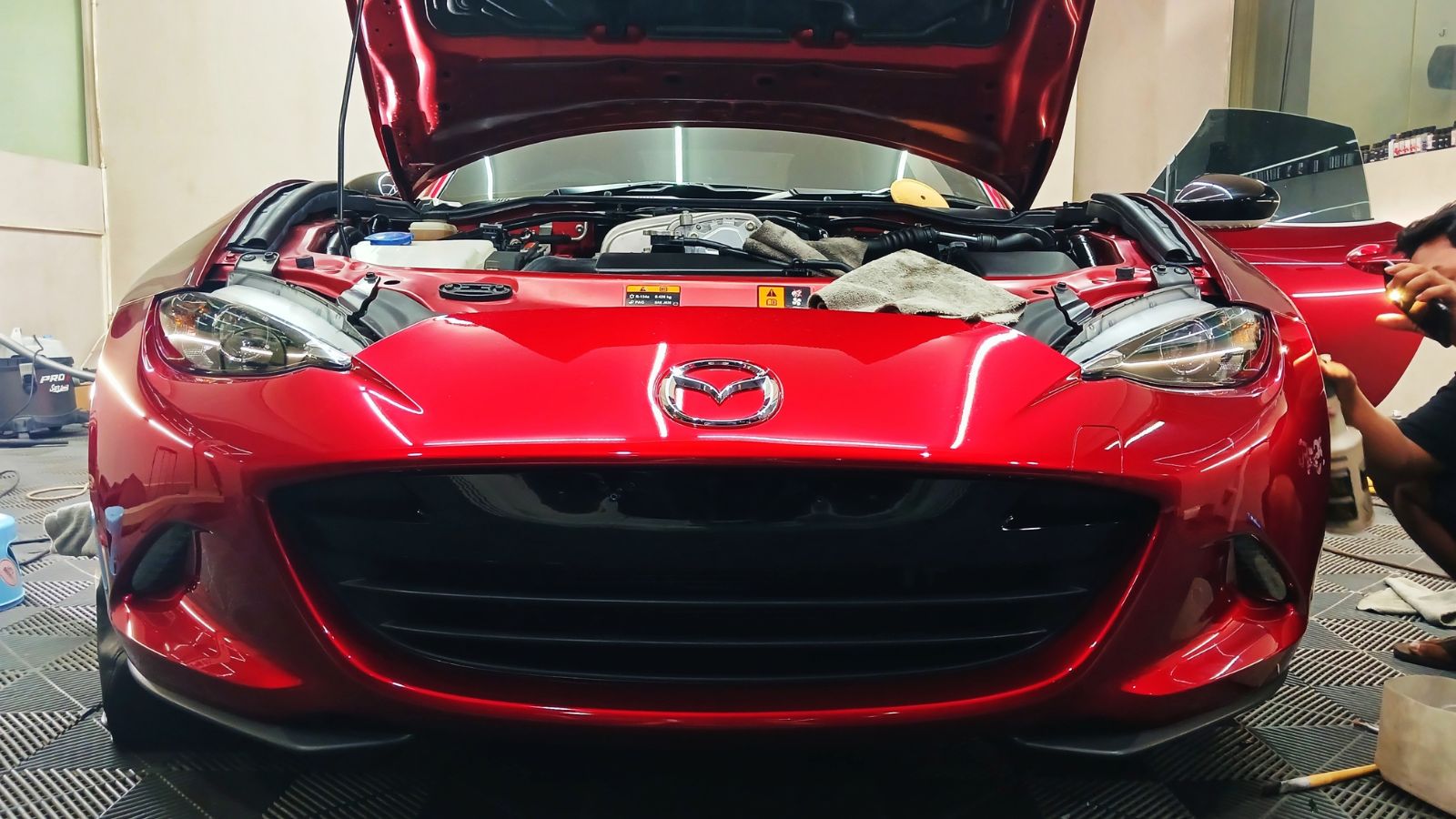
Sports cars are often associated with high maintenance, but the Miata is an exception. Its small four-cylinder engines are simple and robust, and the lightweight design means less wear on brakes, tires, and suspension. Many Miatas see track use, yet they rarely suffer mechanical breakdowns. Owners often boast of trouble-free ownership well past 200,000 miles. Mechanics say Miatas show up more often for upgrades and modifications than repairs.
Lexus RX300 / RX350
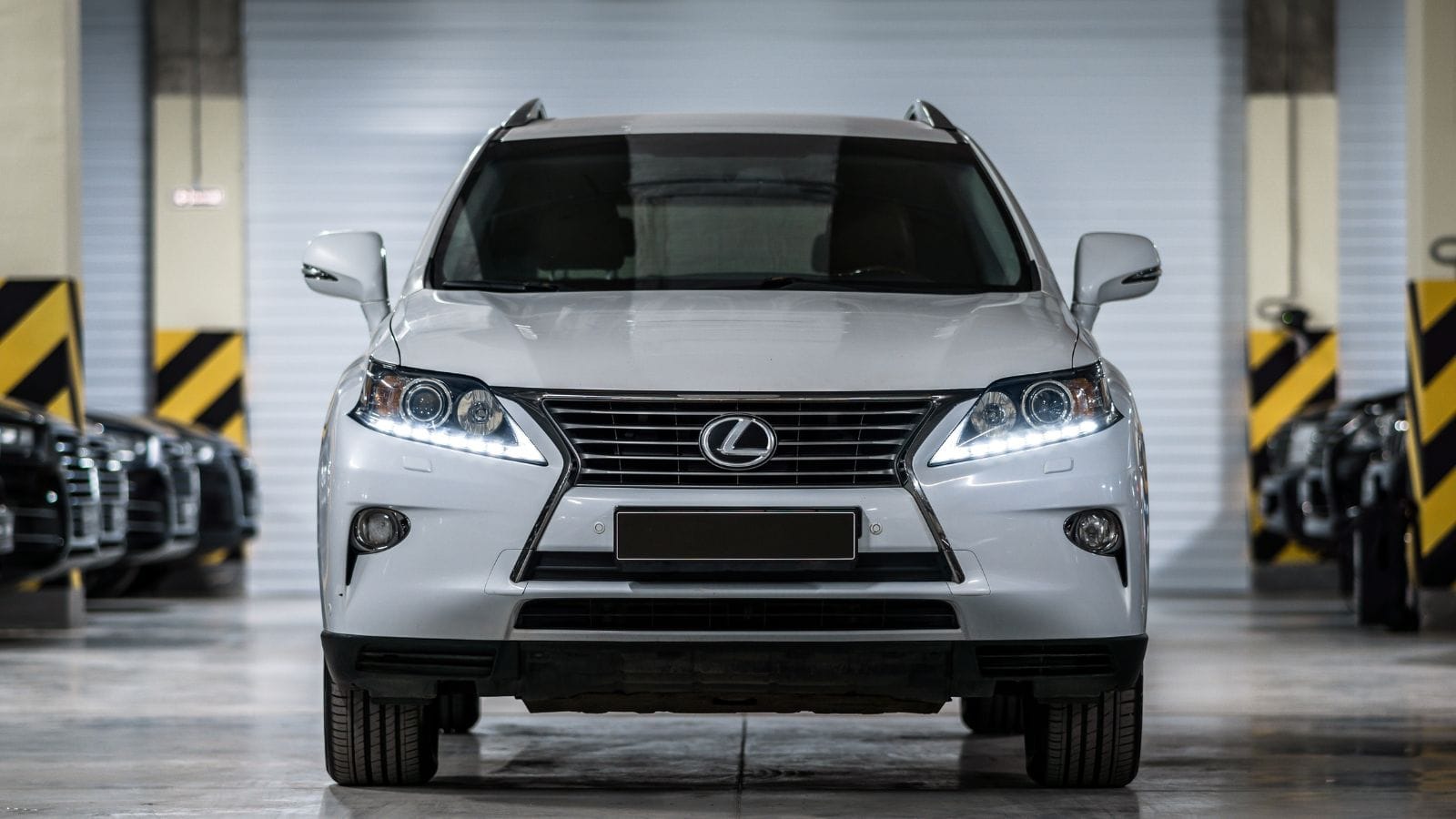
The Lexus RX series is essentially a Toyota Highlander in a luxury package, which means it inherits Toyota’s legendary reliability. Engines and transmissions regularly exceed 250,000 miles with only minor maintenance. Repair costs average 550 dollars annually—low for a luxury SUV. Mechanics praise the RX as one of the most dependable premium vehicles ever built, with many examples still running strong after two decades.
Toyota 4Runner
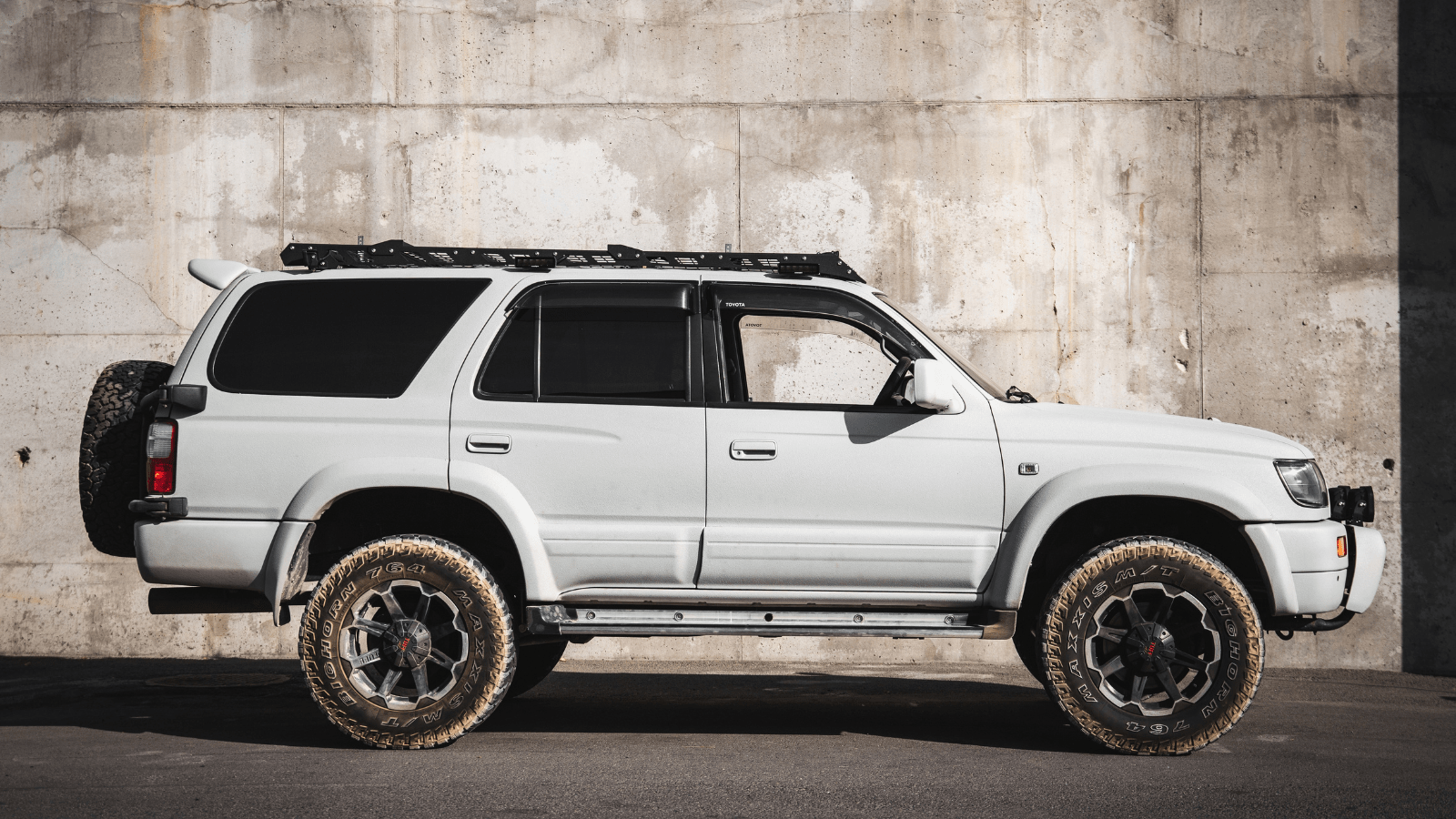
The Toyota 4Runner is another body-on-frame SUV that refuses to quit. Its simple V6 and V8 engines are nearly bulletproof. Mechanics report that failures are rare—rust and old age usually take them off the road before mechanical breakdowns do. Many owners claim 300,000 miles or more on original drivetrains. With average annual repair costs under 500 dollars, the 4Runner remains one of the toughest SUVs ever made.
Acura MDX
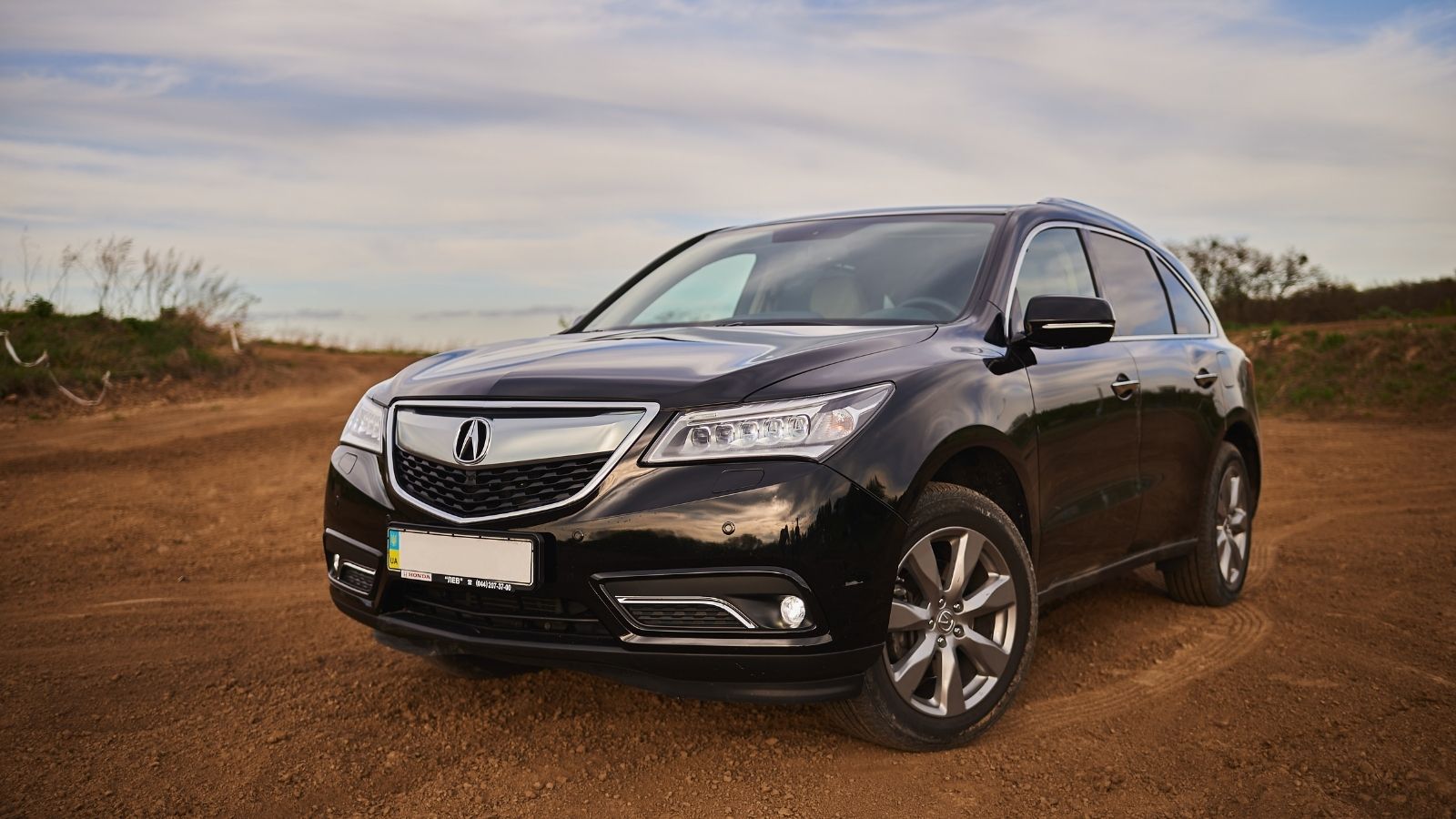
Honda’s luxury division produced a gem with the MDX. Its V6 engines are known for long life, often passing 250,000 miles with proper care. Mechanics usually only see them for routine maintenance. Average repair costs run around 600 dollars per year, which is modest for a luxury SUV. Owners praise the MDX for offering three-row practicality without the headaches common in other luxury brands.
Toyota Prius
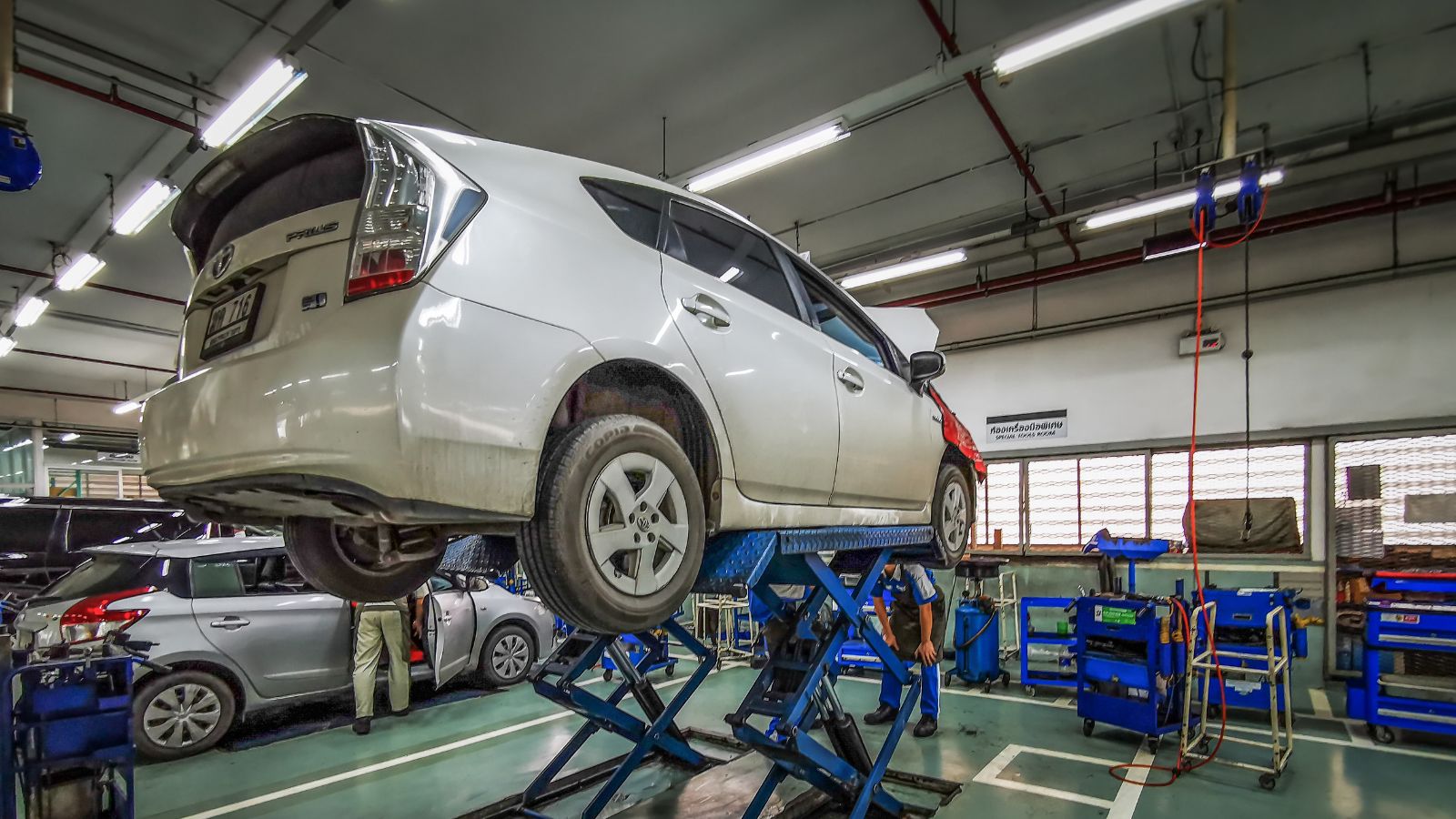
The Prius is often underestimated, but mechanics report that its hybrid systems rarely fail. Taxi fleets have proven that Priuses can hit 400,000 to 500,000 miles with little more than battery replacements and suspension work. The gasoline engine is small, under-stressed, and long-lasting. Annual repair costs are around 430 dollars, far less than most cars. Mechanics often remark that they are surprised by how few hybrid-related issues actually occur.
25 Facts About Car Loans That Most Drivers Don’t Realize

Car loans are one of the most common ways people fund car purchases. Like any other kind of loan, car loans can have certain features that can be regarded as an advantage or a disadvantage to the borrower. Understanding all essential facts about car loans and how they work to ensure that you get the best deal for your financial situation is essential. Here are 25 shocking facts about car loans that most drivers don’t realize:
25 Facts About Car Loans That Most Drivers Don’t Realize
